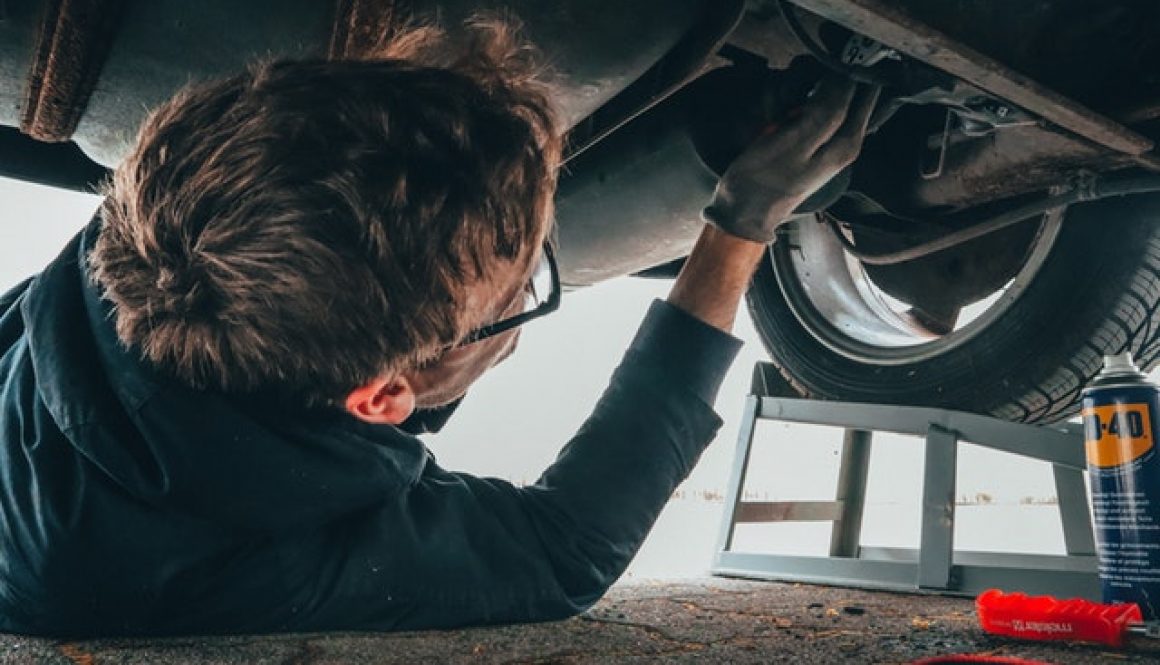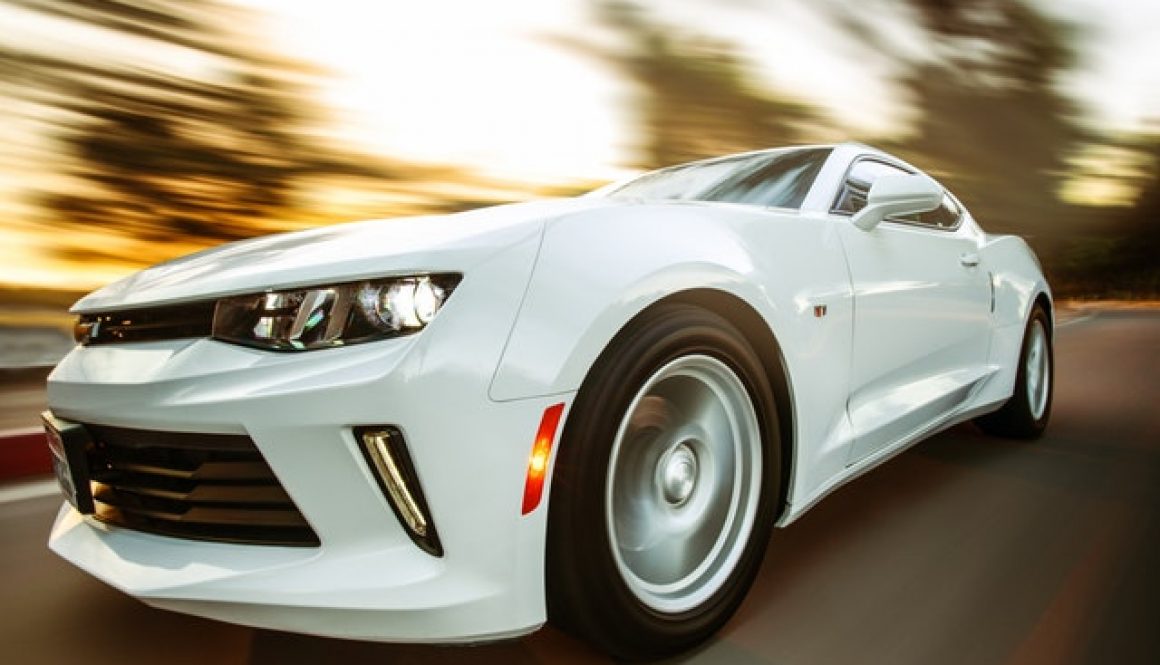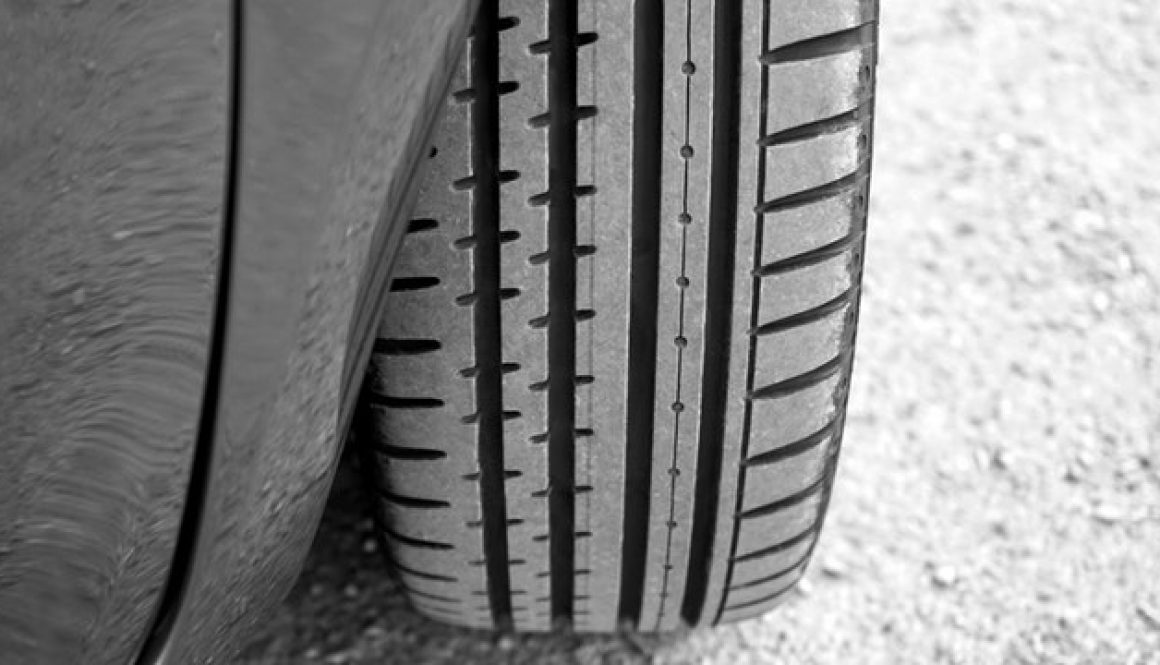3 Front End Alignment Symptoms You Must Not Ignore
How to notice alignment issues in a car truck or SUV
WARNING! Before you take your car to do an alignment, your front end must be checked for worn and or broken parts.
Front end alignment symptoms are not that hard to spot once you know exactly what you are looking for so today I am going to show you also how to notice alignment issues in your car.
Steering wheel feels loose
When a car needs alignment, you will feel a little extra steering wheel play because the degrees of the alignment specification is not where it is supposed to be to give to a tight steering wheel.
When your car gets aligned you will feel that the steering wheel has a lot less play and the car will react instantaneously to when you turn it left or right.
Tire wearing on the inside
If you see your tire wearing on the inside, there are two reasons why this is happening.
- You have broken or worn front end parts that need to be replaced. Get a qualified auto repair shop or mechanic to check your front end.
- Your car’s alignment is out. The alignment areas such as the camber and the toe being out of specification will cause you to see tire wearing on the inside.
Before replacing any more of your tires read these tire replacement tips. It is very important before you waste your hard-earned money.
The car wants to veer to the left or right
When your car veers to the left of right, there are two possible reasons why you could be experiencing this.
- The alignment is out of specification causing the car to veer in either direction.
- The car’s tire pressure is low in any one of the 4 tires.
The car will veer to the side with the least amount of air so pay attention to which side the car veers to and adjust the tire pressure as needed. Check your tire pressure before thinking that your car needs an alignment.
A car alignment test that I use to tell if I may need an alignment is to let go of the steering wheel and if it drives straight for 5 seconds without veering then I may not need an alignment.
This test only works if all of your tire pressure is adjusted to the correct psi.







